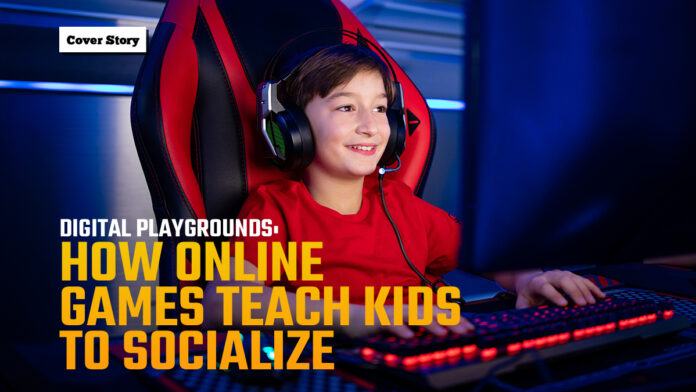Not too long ago, kids would rush out of school and head straight to the nearest park. Swings, slides, and games of tag were where friendships began. Today, the playground looks very different. Instead of monkey bars, children log into online games. Their hangout spots are no longer neighborhood parks but digital playgrounds where they can chat, build, and play with friends, sometimes even with kids living on the other side of the world.
For parents who grew up hearing the phrase “go outside and play,” this shift can feel surprising, even worrying. But for today’s generation, video games are quickly becoming the new digital playgrounds. Just like the swings and seesaws of the past, these digital spaces are where kids learn to talk, work together, and build friendships. The only difference is that it all happens behind a screen.
Why Roblox and Minecraft Are More Than Just Games
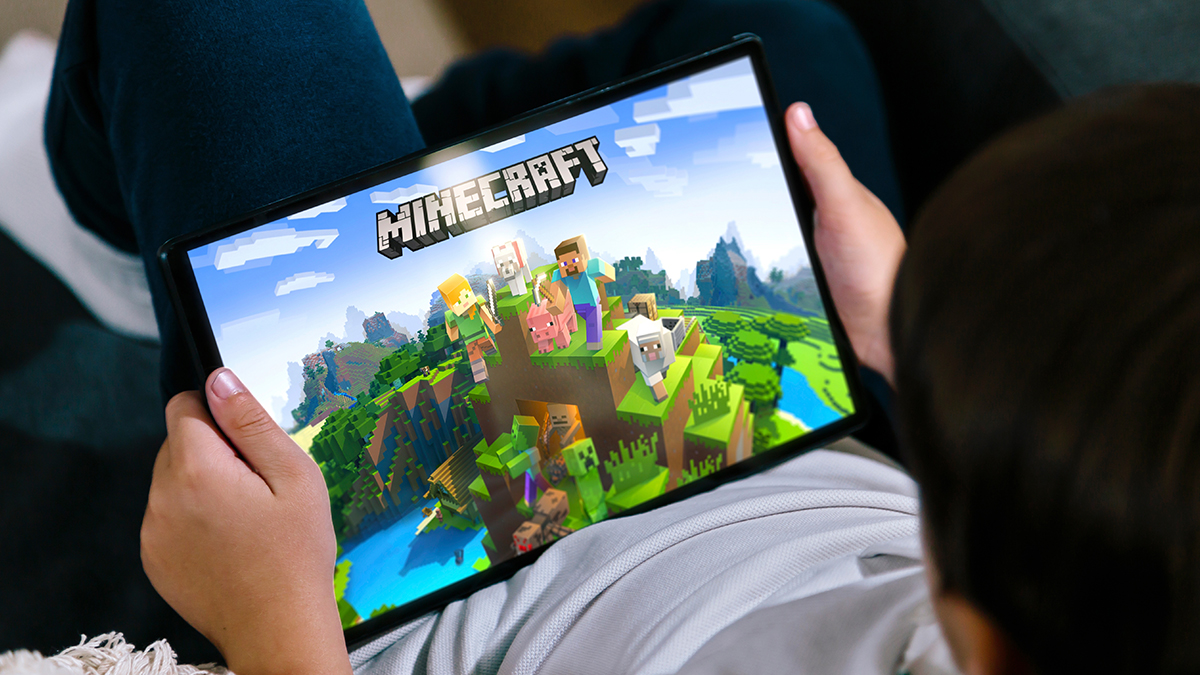
To adults, Roblox may look like a jumble of cartoonish worlds, while Minecraft appears to be nothing more than a block-stacking game. But to children, these digital playgrounds are vast, open spaces filled with imagination and connection.
Roblox is not a single game. It is a platform that offers millions of experiences created by users themselves. Kids can role-play as restaurant owners, superheroes, or explorers, often side by side with their friends.
Minecraft works more like a digital sandbox, often compared to virtual building blocks. Players can construct sprawling cities, fight monsters in survival challenges, or simply log in to chat and share their creativity.
Even Fortnite, which many parents know only as a competitive battle royale, now offers a Creative Mode where children can design their own games and worlds. In these spaces, kids are not only playing, they are creating and sharing with others.
To children, these games are not just a pastime. They are gathering places. Much like basketball courts or shopping malls serve as meeting points for teenagers, these digital playgrounds provide a social outlet. The only difference is that kids do not need to leave their bedrooms to join in.
The Social Side of Gaming
Many adults still imagine gaming as a solitary activity, picturing kids sitting alone in front of a screen. In reality, many of today’s most popular games are social hubs.
Children do not simply play. They talk, laugh, and share their stories while gaming. In Roblox or Minecraft, conversations flow just as naturally as they would in a schoolyard. They joke with friends, give each other encouragement, and even provide comfort during tough days. For shy or introverted kids, these interactions can feel easier than speaking face-to-face. Behind a screen, they often find the confidence to express themselves more freely.
These games also foster teamwork and problem-solving skills. Running a virtual pizza shop, exploring a dungeon, or building an entire city requires cooperation and planning. The online setting also removes physical boundaries. A child in Manila can just as easily work on a castle with a friend in New York as with a neighbor down the street.
In this sense, gaming has become a new kind of playground. Children are not only playing within a game. They are playing through it, turning digital spaces into places where friendships grow.
The Benefits of Social Gaming
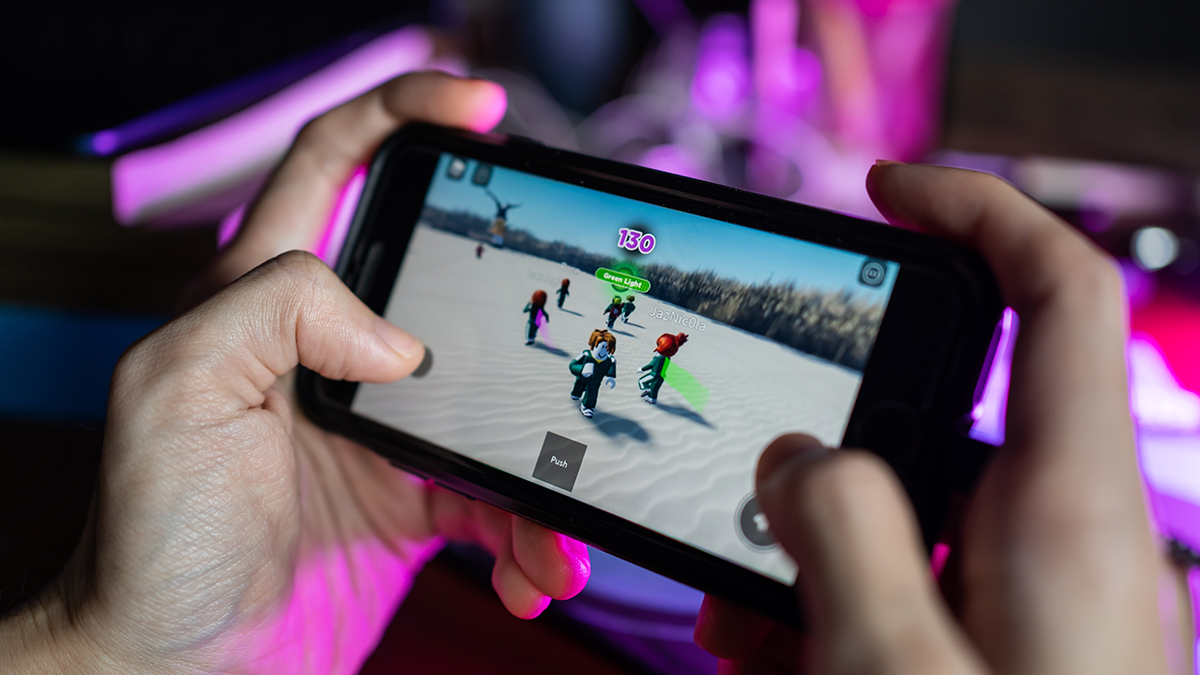
For most children, gaming is not just entertainment. It is where relationships are built and strengthened. Meeting up after school might now mean logging into Roblox or Minecraft instead of visiting the local park, but the spirit of hanging out remains the same.
For children who are naturally quiet or hesitant in social situations, games often make interaction easier. Talking while exploring or building feels less intimidating than speaking face-to-face. It provides a bridge to connect with others.
The benefits go beyond friendship. Team-based games teach quick thinking, strategy, and collaboration. Creative platforms inspire storytelling, design skills, and even the basics of coding, often without children realizing that they are learning.
Perhaps one of the most important advantages is inclusivity. Physical playgrounds sometimes leave children out, whether because of athletic ability or social dynamics. Digital playgrounds open the door for more kids to join in, contribute, and feel part of the group.
The Not-So-Fun Side
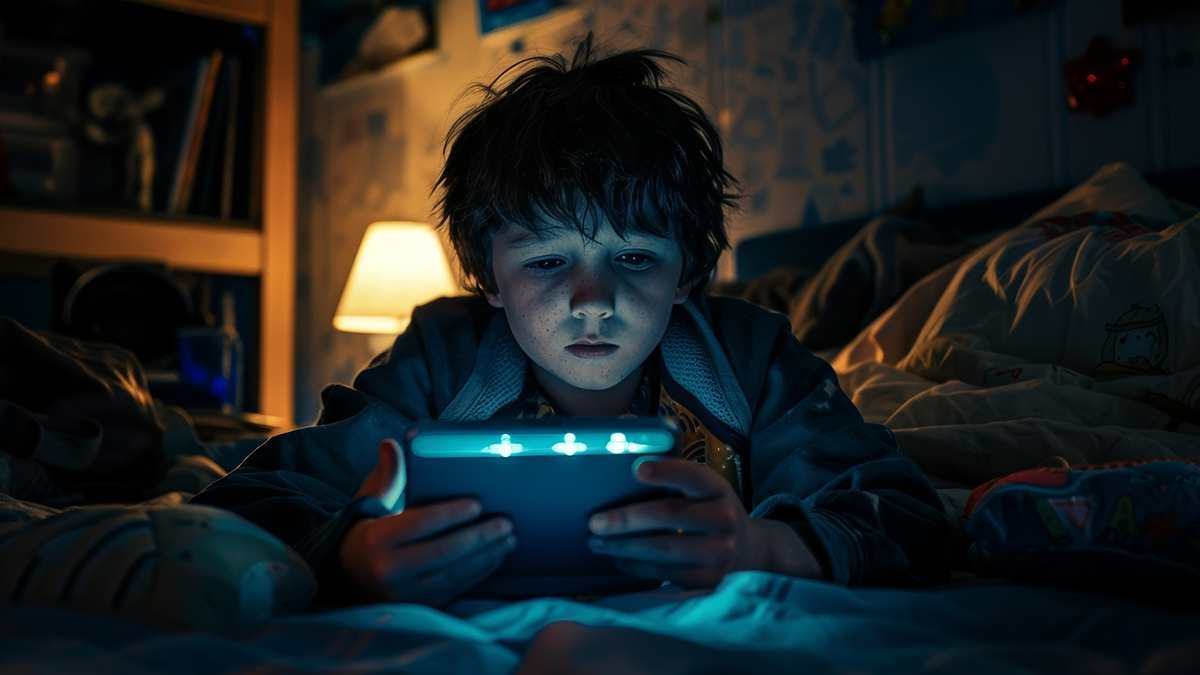
Like traditional playgrounds, digital ones are not without risks. It is easy for children to spend too many hours in front of a screen, missing out on sleep, schoolwork, and physical activity.
The chat features in these games can also be a double-edged sword. While meeting new people can be fun, it also exposes children to strangers who may not have the best intentions. Bullying is another concern. Hurtful words or being excluded from group play can sting even more online because the negativity can follow a child across every login.
Then there is the issue of in-game purchases. Many games are filled with tempting upgrades, outfits, and add-ons. They may seem small, but the costs can add up quickly, sometimes before parents realize how much has been spent.
None of this makes gaming “bad.” It simply highlights the need for balance and guidance. Setting reasonable time limits, talking openly about who children interact with, and keeping track of purchases can all help keep gaming safe and fun. Even better, when parents take a genuine interest in what their kids are building or who they are playing with, gaming turns into something families can share rather than something to worry about.
Expert Take
Experts agree that online games are not automatically harmful. In fact, they can nurture valuable life skills such as collaboration, creativity, and problem-solving. Schools are even adopting platforms like Minecraft Education Edition to bring lessons to life and make learning more engaging.
Still, balance is key. Too much screen time can affect sleep, school performance, and physical activity. Risks such as cyberbullying, interactions with strangers, and overspending are real. That is why parental involvement matters. When parents set boundaries, talk to their kids, and stay interested in what they are creating online, gaming can be both safe and rewarding.
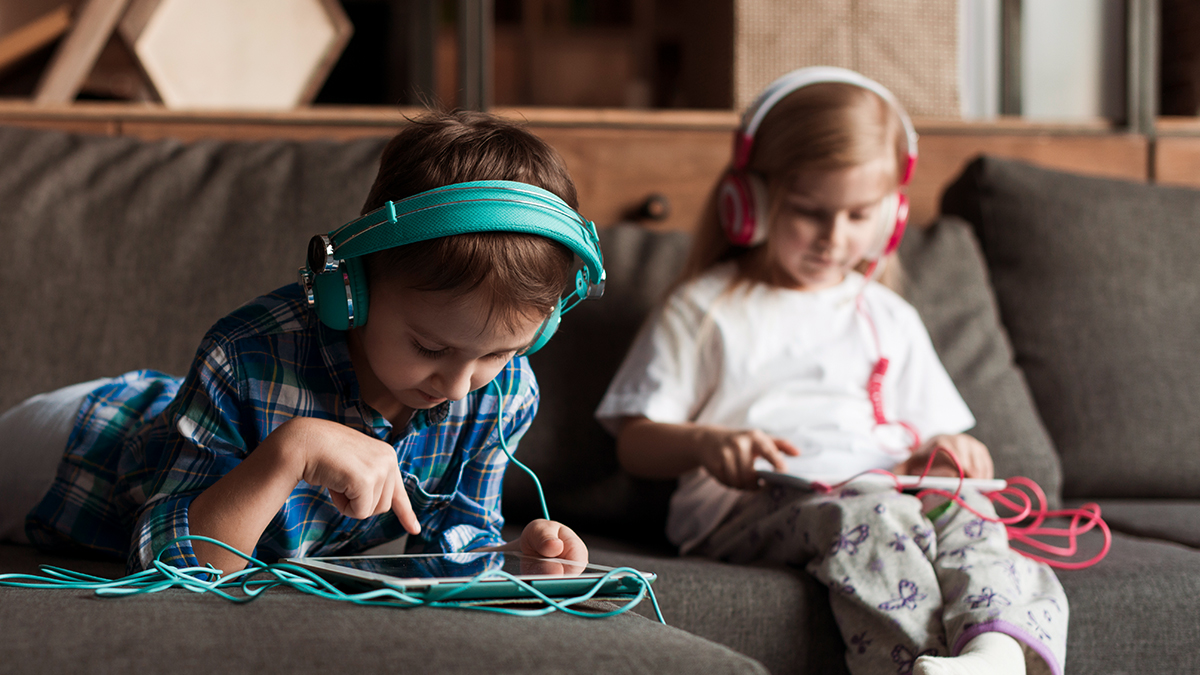
Final Word: More Than Just Play
For today’s children, games like Roblox, Minecraft, and Fortnite are not just forms of entertainment. They have become modern hangouts. Instead of gathering at the park, kids meet online, chat, and build together in virtual environments that foster both fun and friendship.
The spaces may be digital, but the lessons remain familiar. Cooperation, creativity, sharing, and imagination all thrive within these worlds. What appears to be “screen time” to adults often feels like genuine social time to children.

Words by Phia Manuell Layoso
Also published in GADGETS MAGAZINE Volume 26 Issue No. 3
